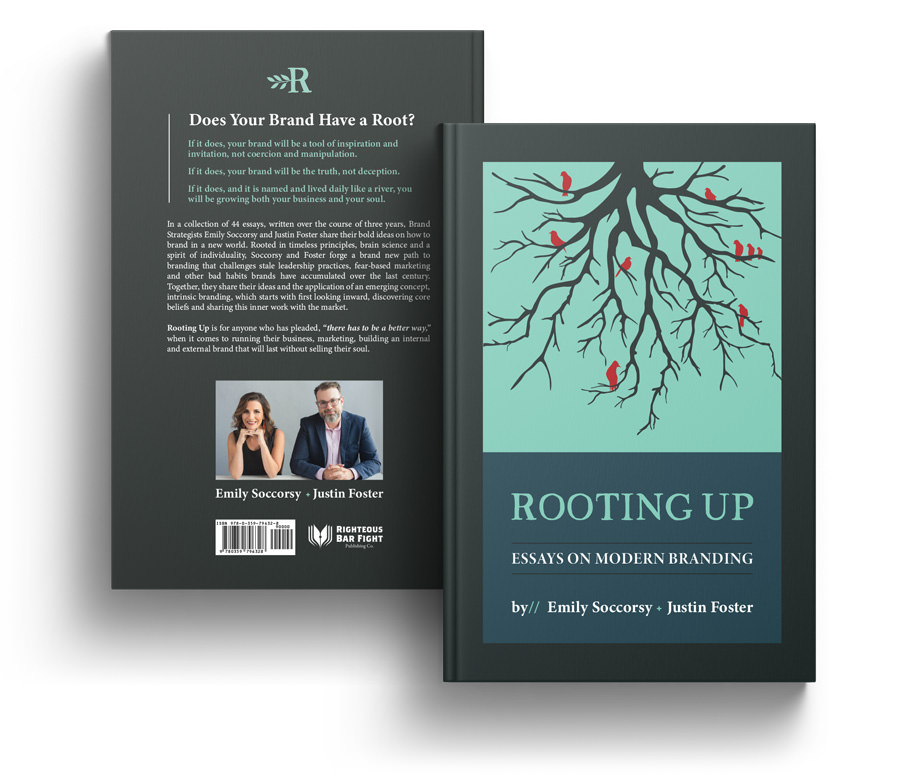Filed Under: Story
6 Easy Steps to Creating a Storytelling Flow
Storytelling — it’s one of the hottest buzzwords in marketing today. Everyone wants to tell stories, and do it in a way that gets others excited about their brand.
Some of the biggest modern-day brands agree, and have employed a storytelling strategy to great success.
Starbucks launched its Upstanders campaign, stories of altruistic customers making a difference in their communities. You can now read through Uber’s recently debuted Stories from the Road, including a straight-from-a-movie narrative of a man who’s driver drove him four hours when his wife was in labor. And let’s not forget Airbnb’s storytelling that beautifully zeros in on the faces and names of the people it serves.
I find that most small businesses look at these bigger brands’ storytelling campaigns in awe.
But I’ll let you in on a little secret: it’s much easier for a small business to implement a storytelling culture than it is for a giant corporation.
If corporations are doing a good job at storytelling, you can be doing an excellent job at it. Guaranteed.
Smaller brands simply have less bureaucratic loopholes to jump through to discover and tell stories. They don’t need big budget marketing campaign. Smaller, more intimate teams make for a more natural place for stories to be told.
One of the biggest obstacles I’ve found is most brands don’t know where to start and how tofind the stories.
If your small business is looking to begin storytelling (and you absolutely should). here’s what you need to get started:
1. Start with Culture Check. If your culture isn’t healthy, there’s no way you can easily tell quality stories. Stories start with people. If your people are unhappy, your stories (despite your best efforts) will come across as forced. Those on the receiving end of your brand stories will sniff out that inauthenticity fairly quickly. If your culture is strong, and you may want to confirm this through something like an anonymous survey, you’re ready to start storytelling.
2. Appoint a Story Detective. It’s important to have one person within your brand being in charge of sniffing out excellent stories. This person should have exposure — or at least the people skills — to interact with multiple departments. This person is doing a good job when you frequently hear them say, “is that a story our brand can share?” or “we need more people to hear this story.”
3. Find the Story Gatekeepers. Just like every good reporter has a handful of good sources, every story detective needs to find the story gatekeepers. These are the people who remember all of the hilarious happenings at the last company outing. They know more client names than anyone else. Everyone flocks to their office to share how their weekend went or good news from the field. When you identify who the story gatekeepers are, and tap into their collective tales, you can begin to uncover your rich organizational stories.
4. Look for Stories in Unexpected Places. Start by recognizing the stories in the obvious places. These are usually in conversations with your colleagues (hang around the water cooler!), success stories from clients and shared in team meetings. But sometimes the best stories are the ones that are a bit hidden. Did someone have a life experience that relates back to a company value? Did a customer share an out-of-the-blue compliment? Or maybe a story can be found in a mistake someone made with a lesson of what they learned. Which brings me to my next point…
5. Ask Really Good Questions. Every good story contains emotion, but most of us (especially in business) are conditioned to only share the facts. If you’re responsible for capturing stories, you have to probe. How did that make you feel? What did you learn? What will you do differently next time? What do you wish you knew in that moment? Questions should always be open ended with a spirit of curiosity, not judgment. Asking good questions help you craft and tell colorful stories.
6. Establish a Story-Capture Method. Stories are like crazy dreams; if you don’t capture them in the moment, they can be difficult to remember later. When you hear of a story, or see a story developing, write it down. This can be as simple as a word document, or as complex as an internal microsite where employees can submit a story idea through a form. However you’re tracking stories, be sure to keep your ideas in one place.
With a little discipline — and a lot of fun — any small brand can begin telling stories. And, I promise, you’ll be able to do it just as well as some of your favorite brands. Maybe even better.
This article was first published on Medium.
